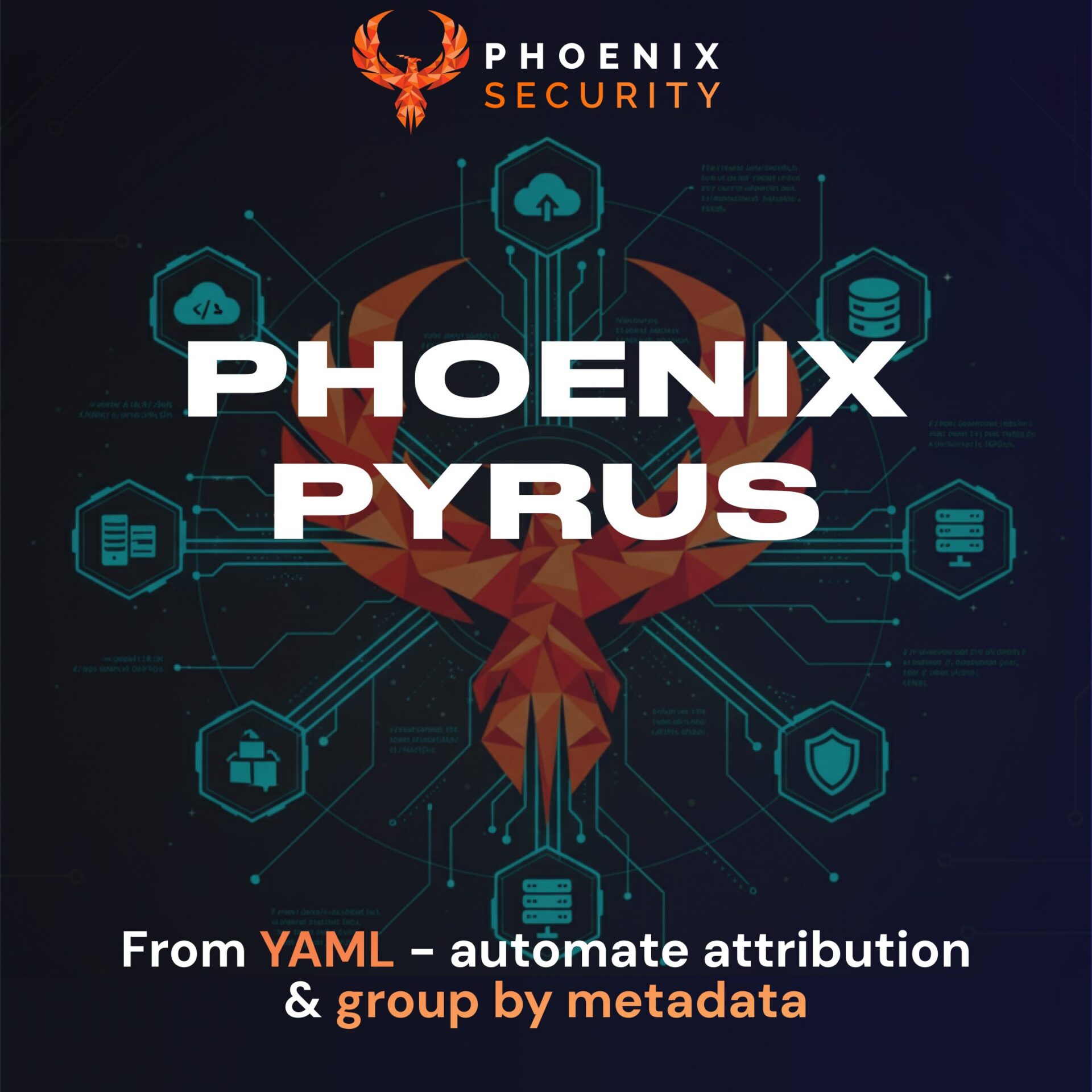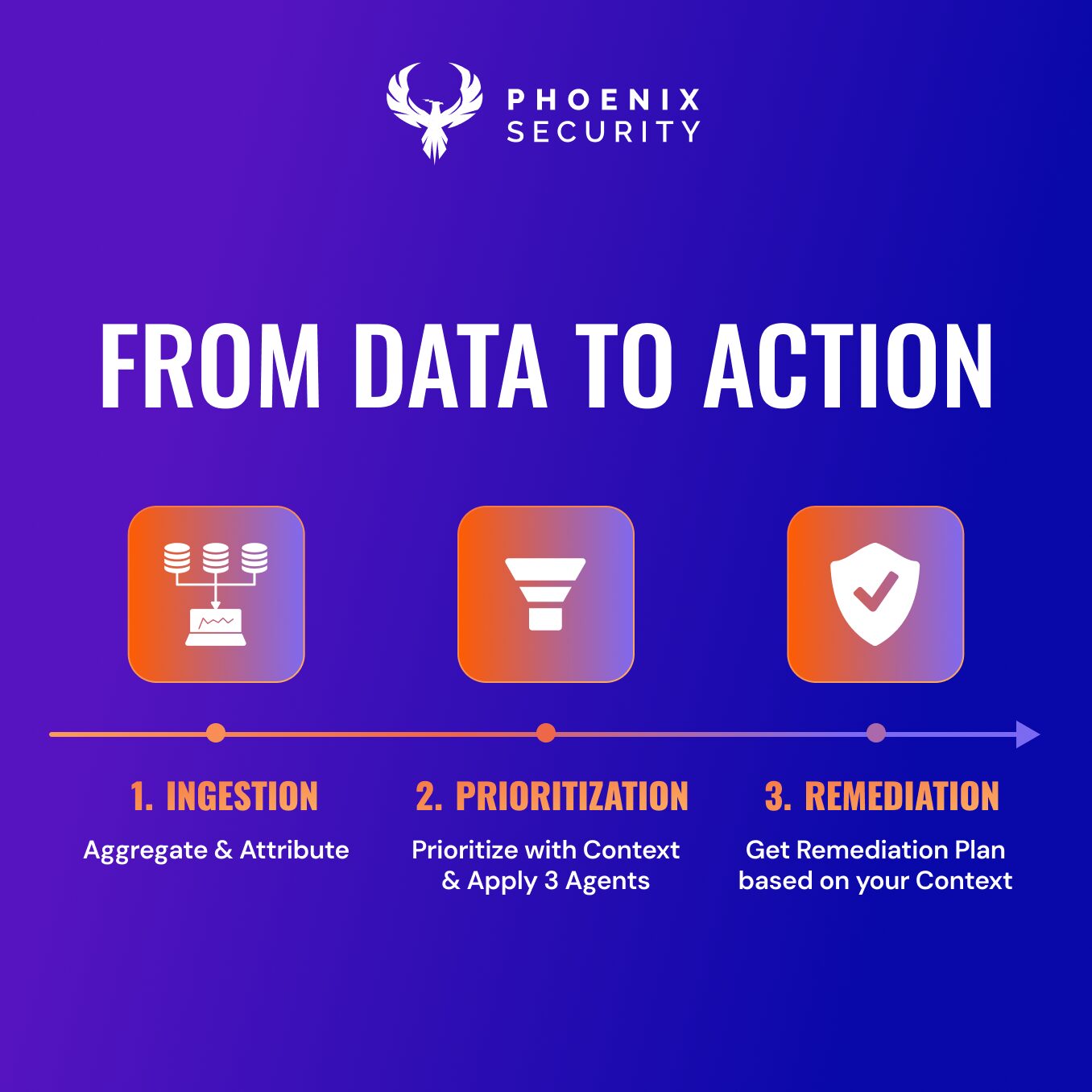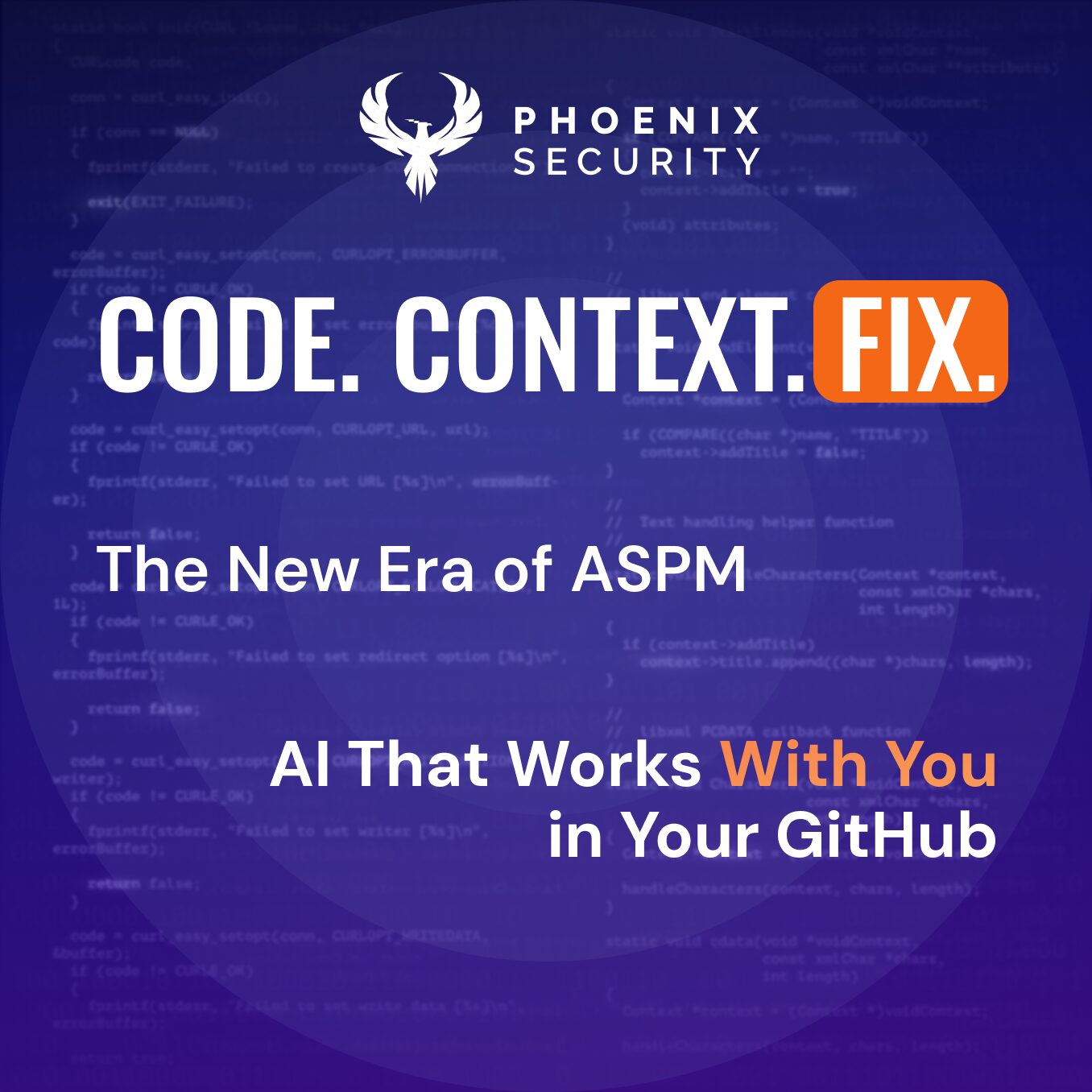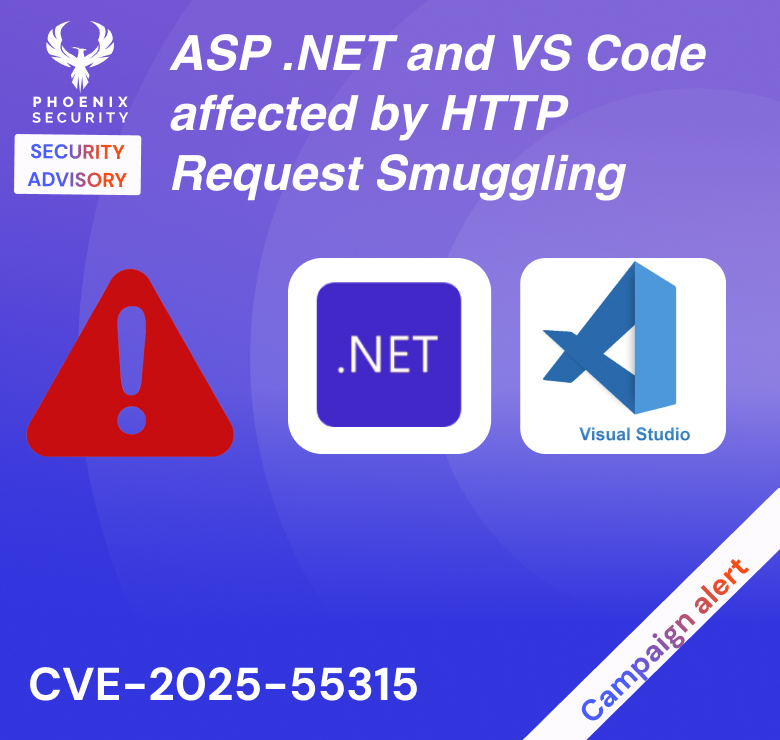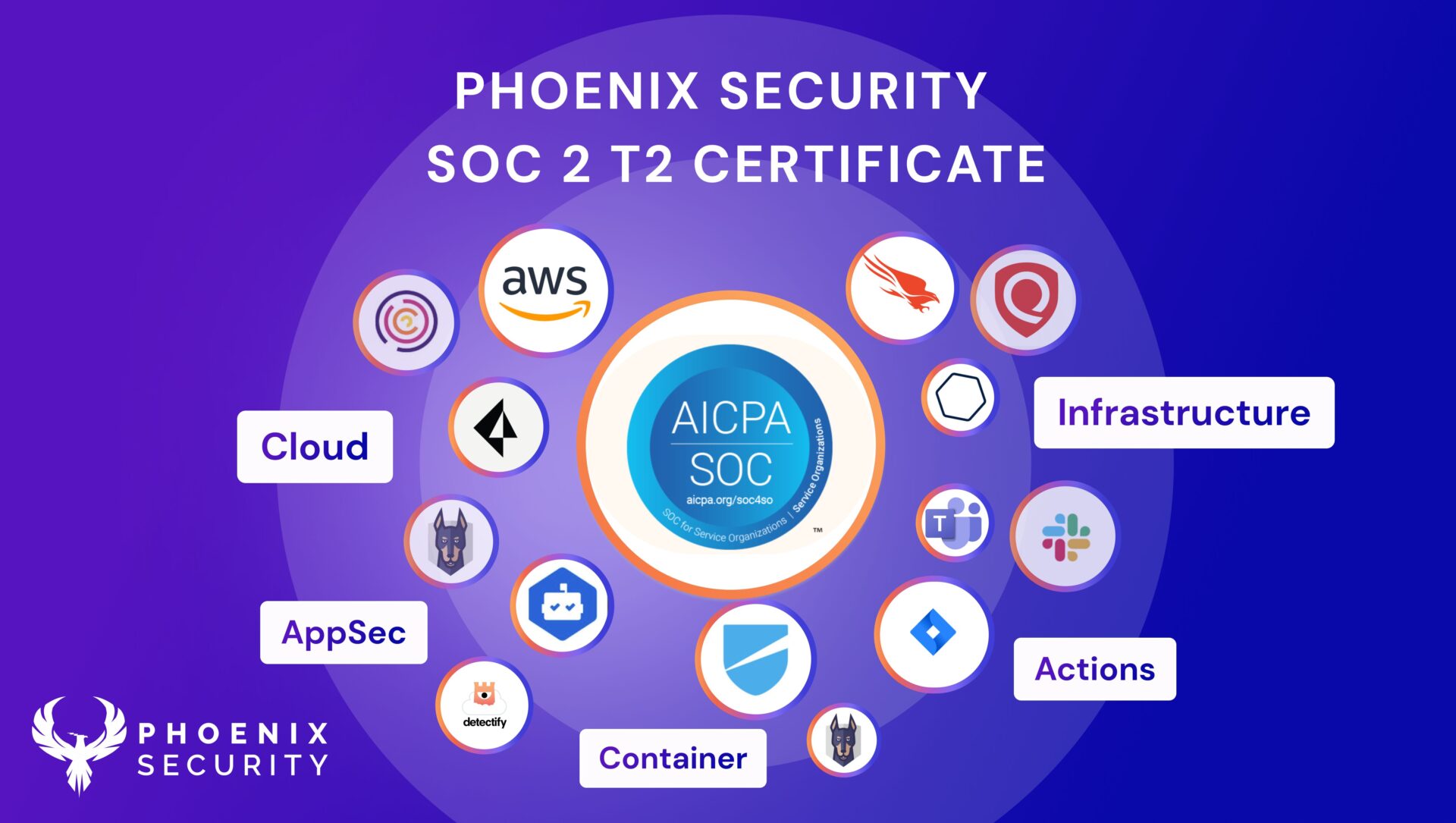
According to PurpleSec, cybercrime increased by 600% during the pandemic. Hackers targeted Health Organizations working worldwide, and they also breached the data of thousands of companies who were already suffering during the pandemic.
The statistics are pretty alarming because many large-scale attacks were carried out on SMEs and large organizations in 2020 that cost Billions of dollars. Let’s have a look at some of the most interesting, alarming and biggest cybersecurity statistics.
Cybersecurity Statistics During Covid-19 Pandemic
- Cybercrime is up 600% during the global pandemic — PurpleSec Stats
CDC (Center for Disease Control and Prevention) and WHO (World Health Organizations) became a major target for attackers during the pandemic. Hackers try to breach the security of these organizations by using a range of malicious social engineering attacks on employees working inside these organizations.
- Data Breach Costs Skyrocketed by $137,000 due to Remote Work Trend during Pandemic — IBM Report
Employees are far more vulnerable at their home networks using their personal devices. Also, there are no special firewalls to protect them against any cyberattacks. Therefore, many attackers target company employees to breach the company’s data.
- Over 0.5 Million Zoom Users Accounts get Compromised — CPO Magazine
Zoom is a meeting and communication app, its user-base skyrocketed during the pandemic because of remote work. Companies scheduled meetings with their employees online but due to some vulnerabilities in Zoom, half a million users’ accounts get compromised and sold on the dark web.
General Cybersecurity Statistics
- In 2020, the average data breach cost touched $3.86 million — IBM Stats
IBM released a report in 2020 where they calculated the average costs of a data breach in varying industries. In this report, over 524 breach organizations were contacted and 3,200 people were interviewed to come up with some solid figures. The report also suggested that data breach costs in the Healthcare industry were relatively higher.
- 207 Days is an average time period for security experts to detect a breach — IBM Stats
The report reveals that it takes around 207 days to detect a breach. Also, it takes 73 days more to contain the breach. Hence, it is a 280 days cycle. The same cycle may surpass 329 days in the healthcare industry. Therefore, the number of days can vary based on different industries.
- 58% of data breaches exposed personal data of the users — Verizon Report
Verizon reveals that 58% of all data breaches contain personal data of users, company employees and other third parties. This could include sensitive information such as user credentials, credit card numbers and other important data.
- Data Breaches increased by 67% since 2014 while the increase from 2018 onwards was at 11% — Accenture Studies
The hacking attempts were at their peak during and after 2014. Companies were more vulnerable to cyberattacks as they didn’t bother about their organization’s security on a large scale. Although cyberattacks are still dominant throughout all industries, they are comparatively slowed down because companies have now started to worry about their data security.
Malware & Ransomware Statistics
- As of 2020, the average ransomware payment is $111,605. That is a 33% increase over 2019 — Fintech News
Ransomware attacks are threatening for organizations. Hackers are now demanding millions of dollars from large-scale companies to release their data. However, the safety of data is still not guaranteed even if the company reaches an agreement with the other party.
- The average number of malicious mobile apps blocked each day was 10,573 in 2018 — Symantec Threat Report
Mobile security is advancing, especially in iOS devices that are comparatively less vulnerable to Malicious applications. Hackers are also aggressively attempting to compromise users’ devices with malicious apps.
- 48% of malicious emails come with attachments disguised as office files — Symantec Threat Report
Hackers often target company employees by sending fake emails with malicious attachments. Whenever the victim opens these attachments, their system is compromised. In this way, hackers get inside a company’s system to find other network vulnerabilities and exploit the whole network.
- 94% of malware threats are sent by email medium — CSO Online Report
It is no surprise that email is one of the biggest mediums used by hackers for many social engineering attacks to trick the victim. Surprisingly, the majority of malware threats are received by employees through emails, and they are often tricked to open malicious files or performing certain actions that expose the private information of a company’s assets.
Industry-Wise Cybersecurity Statistics
- The Ransomware attacks caused $25 Billion damage to Healthcare industry in 2019 alone — SafeatLast Statistics
These statistics show that 24% of ransomware attacks target the healthcare industry. Healthcare data is extremely useful for research organizations. Also, there are millions of customer records that include their personal information. Therefore, hackers try to inject ransomware into healthcare companies to demand ransom.
- Almost 10% of total data breaches happen in Finance sector — Verizon Report
Financial institutes hold sensitive data of their customers such as credit card numbers, account credentials and more. Therefore, hackers often try to compromise financial systems to fulfil their malicious intentions.
AppSec Phoenix’s Flexible Solution — Ultimate Vulnerability Scanner
The cybersecurity stats are surprising, and data breaches are becoming more common across all industries. Therefore, companies need to identify and remediate vulnerabilities before they are exploited by attackers to gain access to sensitive data.
Therefore, we developed this ultimate scanner that acts as a single aggregation point across multiple platforms to detect threats using a set of integrated tools and environments. It comes with two separate yet interactive views for developers and app owners. Try AppSec Phoenix’s Demo and explore its majestic features.
Bottom Line
Cybersecurity stats are surprising for some, while they are equally terrifying for various companies who are sitting on weak security infrastructure. Statistics can also be helpful for companies to fix leaks that caused damage to other companies in your industry.
Therefore, these stats carry a lot of weightage and studies behind them show us a pattern about each threat and how it can easily be mitigated using the right security strategies and scanning tools.


